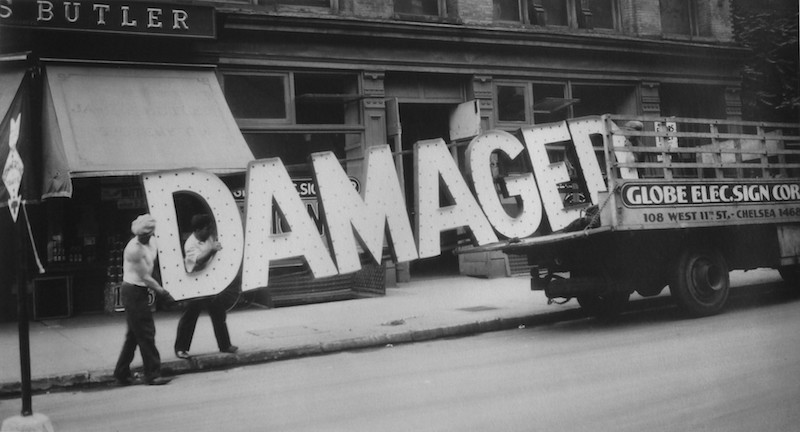
Students of history know that “the one percent” are not an invention of the recession. In the U.S., income inequality flourished at its highest level more than 80 years ago, just before the Great Depression, when Walker Evans was dispatched by the Farm Security Administration to document small-town life and the successes of the New Deal.
Today his photographs have become the nation’s collective visual of the hardship faced by the rural poor during that time, particularly in the South. In one famous photo taken in Atlanta in 1936, two dingy wood-frame houses sit boarded up, partially hidden behind a fence papered with movie posters from Hollywood’s golden age. In the center is the celebrated face of Carole Lombard, besmirched with a black eye. The homes are empty, with no passerby in sight, yet the human impact is evident—a stark contrast between those pummeled by the Depression and those who managed to keep their privilege intact.

The photograph is one of more than 120 on display in Walker Evans: Depth of Field, a major exhibition opening this month at the High Museum of Art (June 11 to September 11) and the most comprehensive showing of Evans’s work ever to be displayed in the region. Born into a well-to-do family in St. Louis in 1903 (he died in 1975), Evans helped pioneer documentary photography. “The work is straightforward, but there’s a kind of lyricism and beauty to his approach,” says Brett Abbott, curator of photography at the High.

Walker Evans (American, 1903-1975), Alabama Cotton Tenant Farmer Wife, 1936, gelatin silver print. Private collection. © Walker Evans Archive, The Metropolitan Museum of Art, New York.
In addition to the now-iconic images Evans made in the Depression-era South, visitors will see candid photos he took on the streets of Cuba and New York City in the 1930s; his series on Victorian and antebellum architecture; his work with Fortune magazine, where Evans was on staff for many years; and even his Polaroid projects from the end of his career. “[Evans] has had an impact on the course of international art,” says Abbott, “and yet [it] started with the work he did here in the South.”
This article originally appeared in our June 2016 issue.
Editorial update: Walker Evan’s photo of Atlanta homes, “Houses as Billboards,” has been removed from the High Museum’s exhibition.














